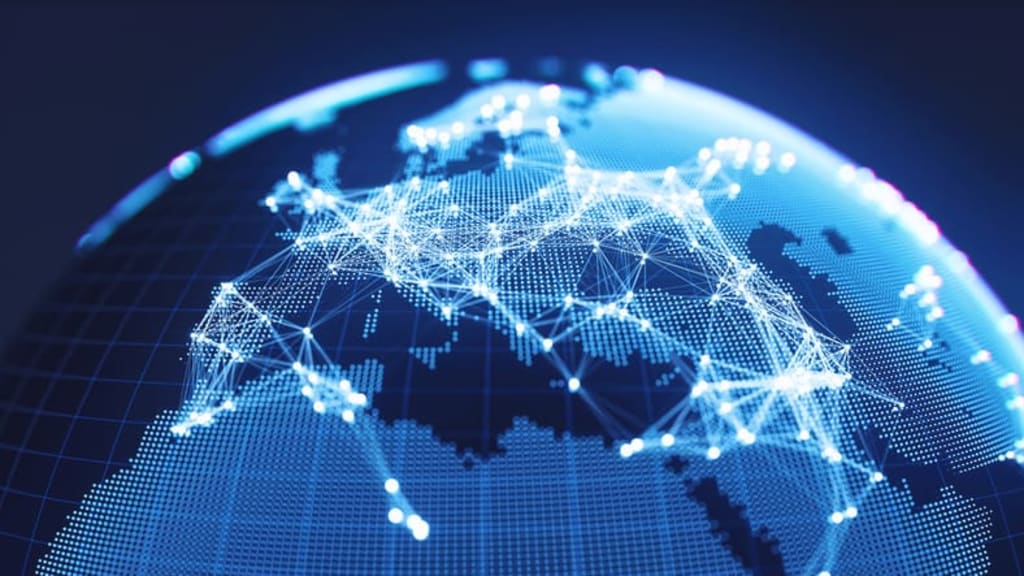Europe prepares to be technologically self-sufficient
It is promoting its large GAIA-X computing project to have its own digital cloud, while seeking to have its States collaborate in semiconductors

Community Europe is laying the foundations to develop a strong technology industry in some fields and thus reduce its dependence on the outside, both the US and China. Artificial intelligence (AI), 'cloud computing, and semiconductors are some of the sectors in which the European Union is developing its plans.
When it comes to the digital cloud, Europe wants its GAIA-X computing project to be the cloud almost by default. It aims to develop common requirements for a European data infrastructure, in which openness, transparency, and the ability to connect with other EU countries are key. Representatives from seven Member States are currently participating in the project, but the challenge is for the rest to join.
Europe not only wants the continent's companies to trust this cloud and its suppliers but also that the digital sovereignty of the users of cloud services is guaranteed because they comply with all the regulations that the European Union has in different matters, such as data security and privacy. Also, GAIA-X was born with the desire to guarantee the scalability of European cloud providers.
Today, North American providers are still usually the ones who win most of the contracts when European companies decide to go for 'cloud computing. According to data from the technology consultancy Synergy, 66% of the turnover in this area of European companies goes to AWS (Amazon Web Services), Google and Microsoft, that is, the three largest companies in the technology sector and all precisely of American origin.
As part of this GAIA-X project, the foundations for an open and federated data infrastructure based on European values are being developed. But, in addition to the cloud, Europe also wants to be strong in other key technology industries for today's economy, and even more so for the future, such as electronics and semiconductors. At the moment, many of the big players in this business are North American, although it is in Southeast Asia where most of these chips and processors end up being manufactured.
However, in Europe, there is also a long tradition in the design and manufacture of these components. Most mobile phones have processors inside that, regardless of the brand that made them have been designed by the British firm ARM. This company licenses its designs so that any company can manufacture its chips. But its owner will soon cross the Atlantic. The US multinational Nvidia has reached a pact - still pending permission from the authorities - to buy it.
The idea of Europe to be strong in this field of semiconductors is that all countries collaborate in the design and manufacture of these components, the key to more and more economic and industrial sectors.
The Union's joint initiative aims to enhance cooperation between member countries and increase investment along the semiconductor value chain in advanced equipment and materials, design, manufacturing, and packaging, where possible through the European recovery and resilience funds. This project, in which Spain participates, is one of the seven areas in which the coordinated plans of the States are promoted within the framework of NextGenerationEU.
Batteries for everyone
Meanwhile, the European Battery Alliance (EBA), launched in 2017 by the Commission (EC) and 12 Member States (Germany, France, Italy, and Spain among them), will have 2,900 million European funds for a research and innovation project in the battery sector, especially those for the automotive industry and sustainable purposes. In Brussels, they hope that, also, this initiative will mobilize another 9,000 million in additional private investment.
This project, whose challenge is to build a solid pan-European battery industry, wants to be an important player in a market that, according to its calculations, will move 250,000 million euros a year in 2025. So far, more than 500 members of the entire value chain. Among its participants, there are different actors from the industrial, academic and financial world, from mining to recycling.
About the Creator
Harsh Mehta
Hello, My name is Harsh Mehta . i am from india and i am full time writer.






Comments
There are no comments for this story
Be the first to respond and start the conversation.